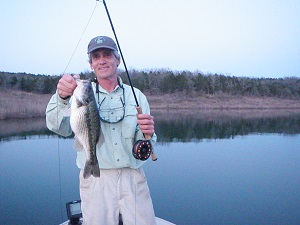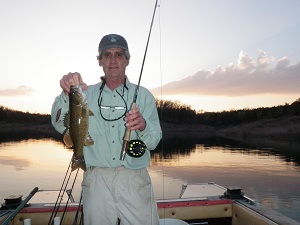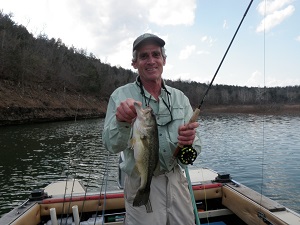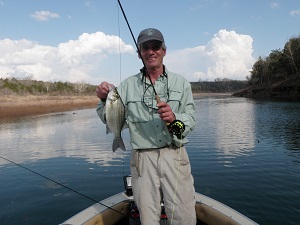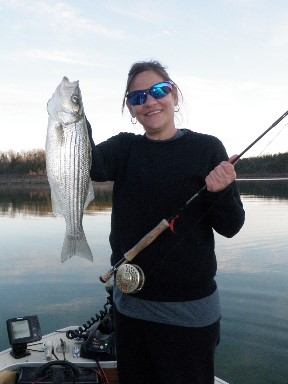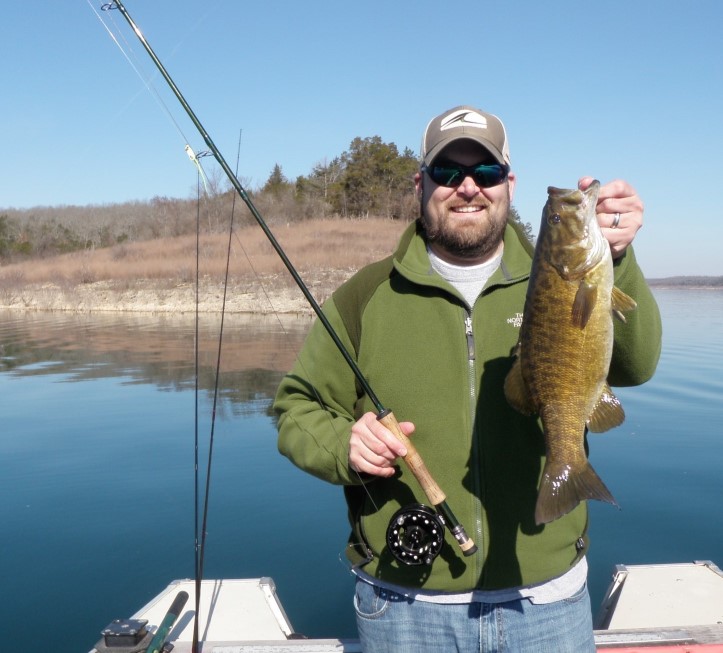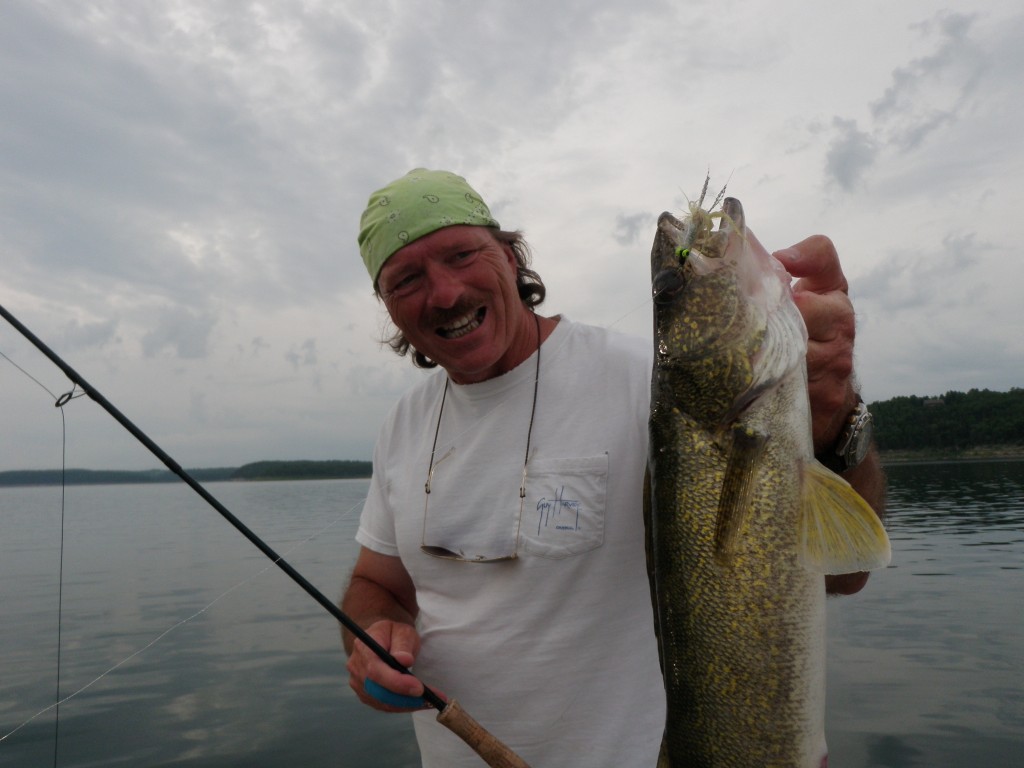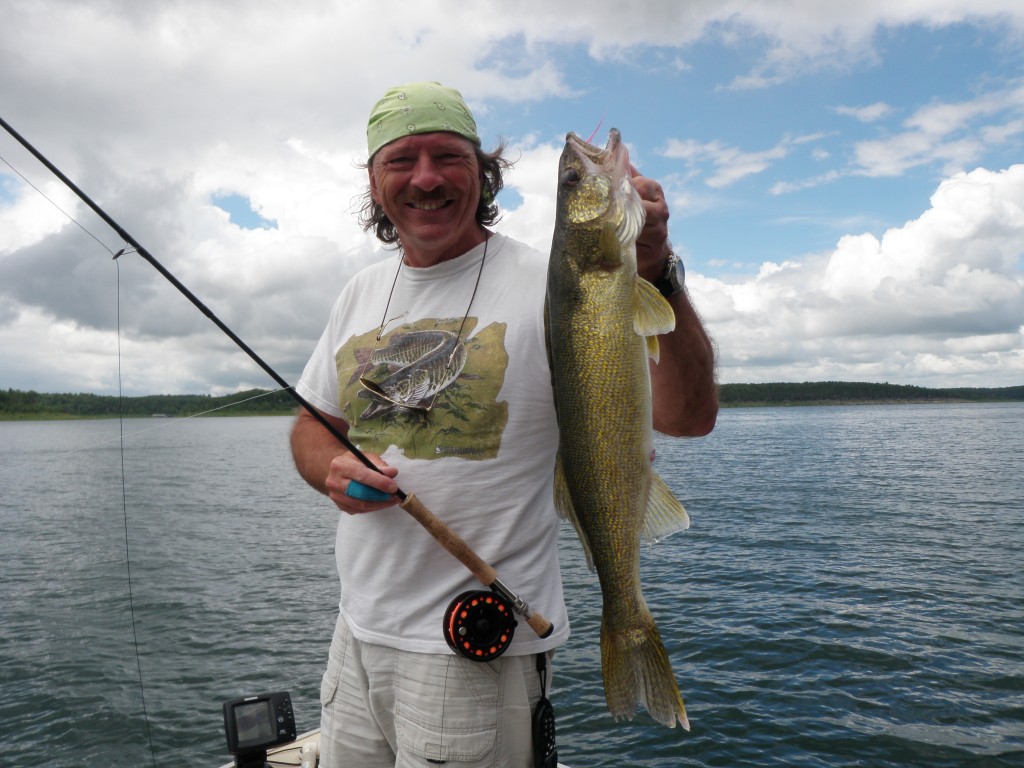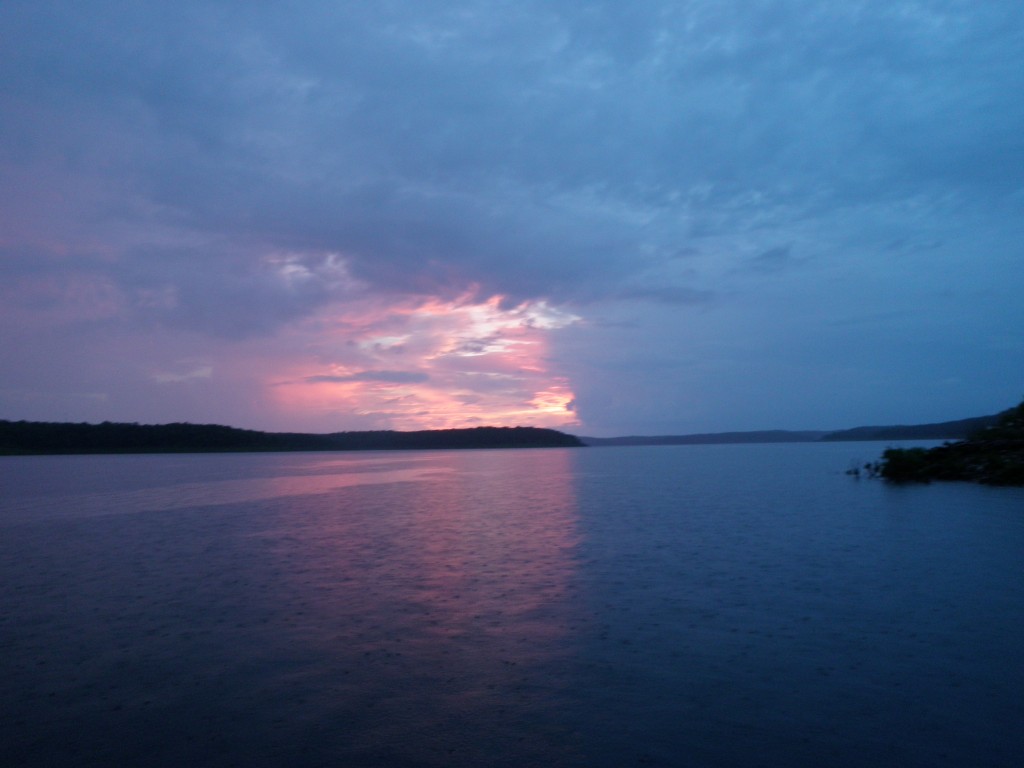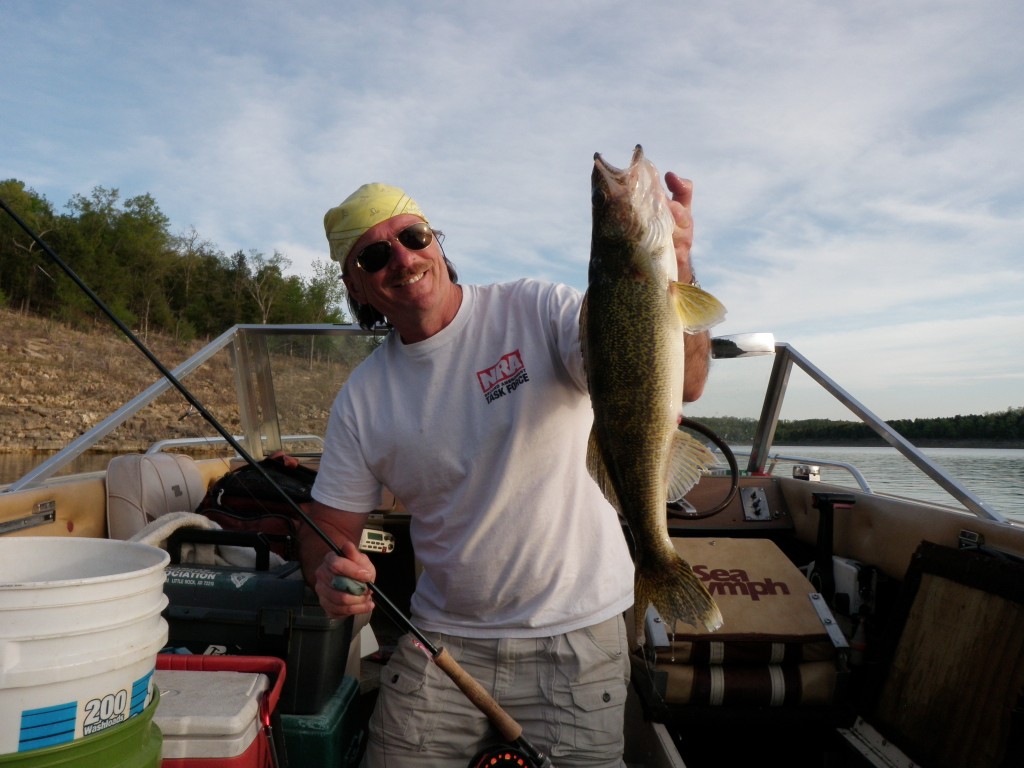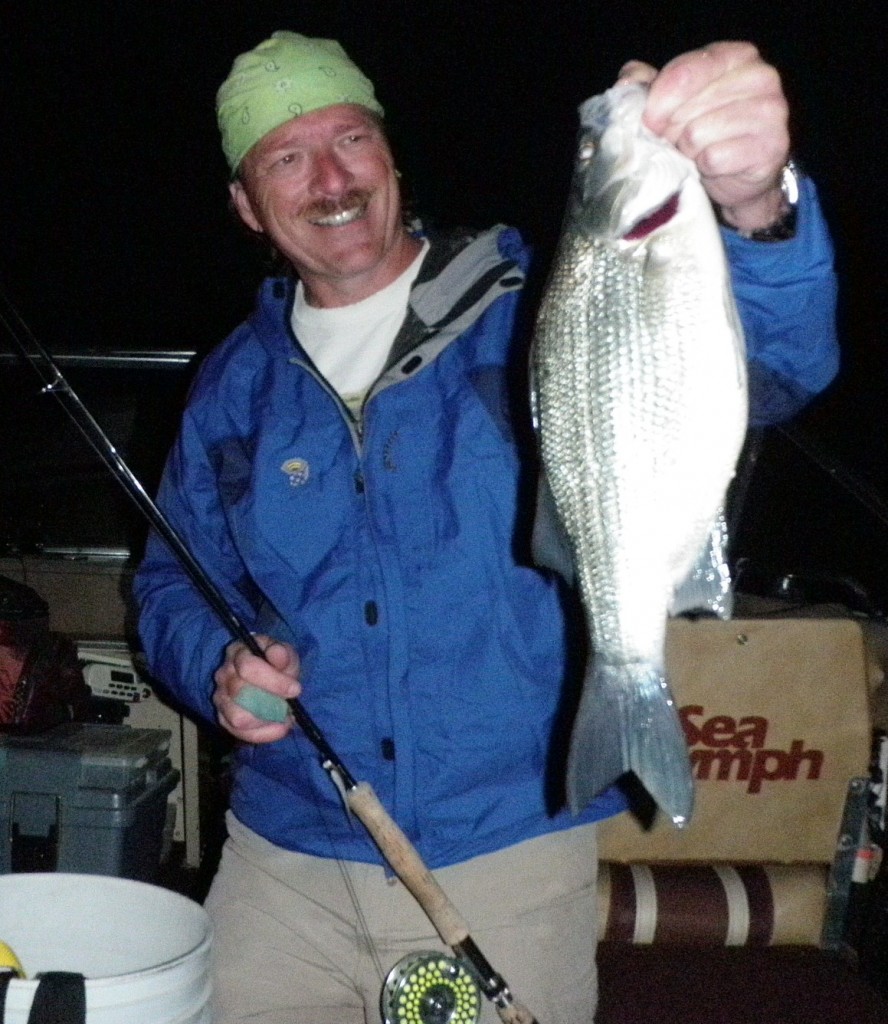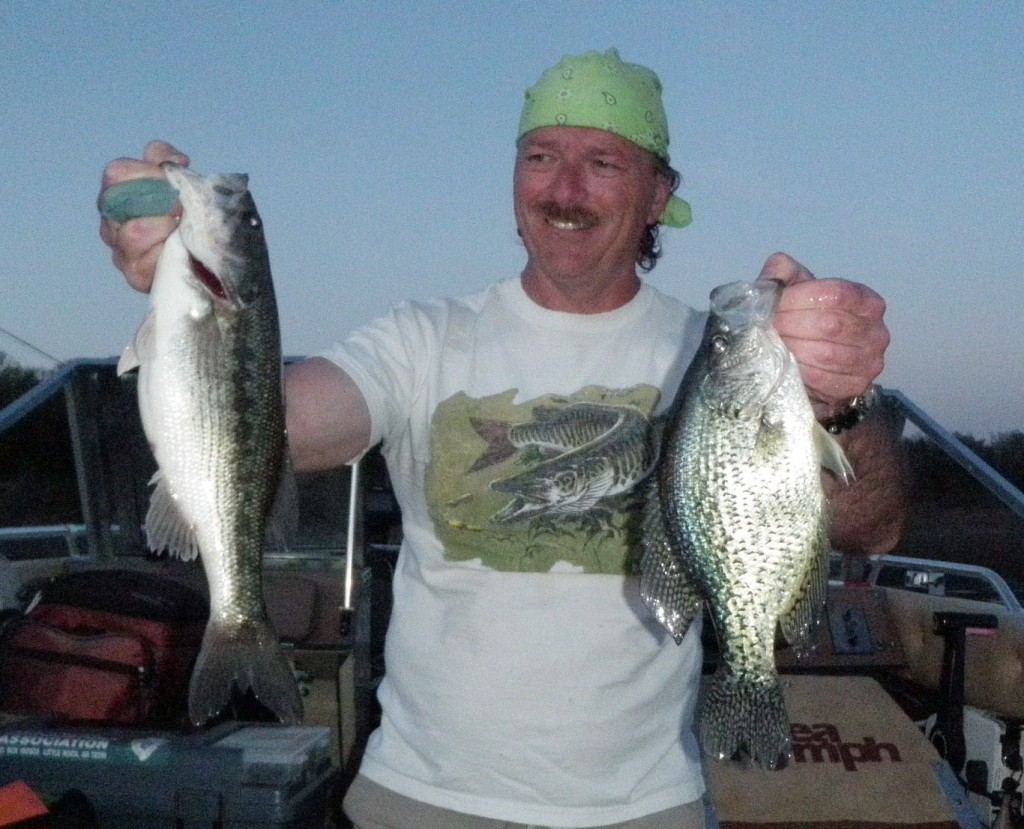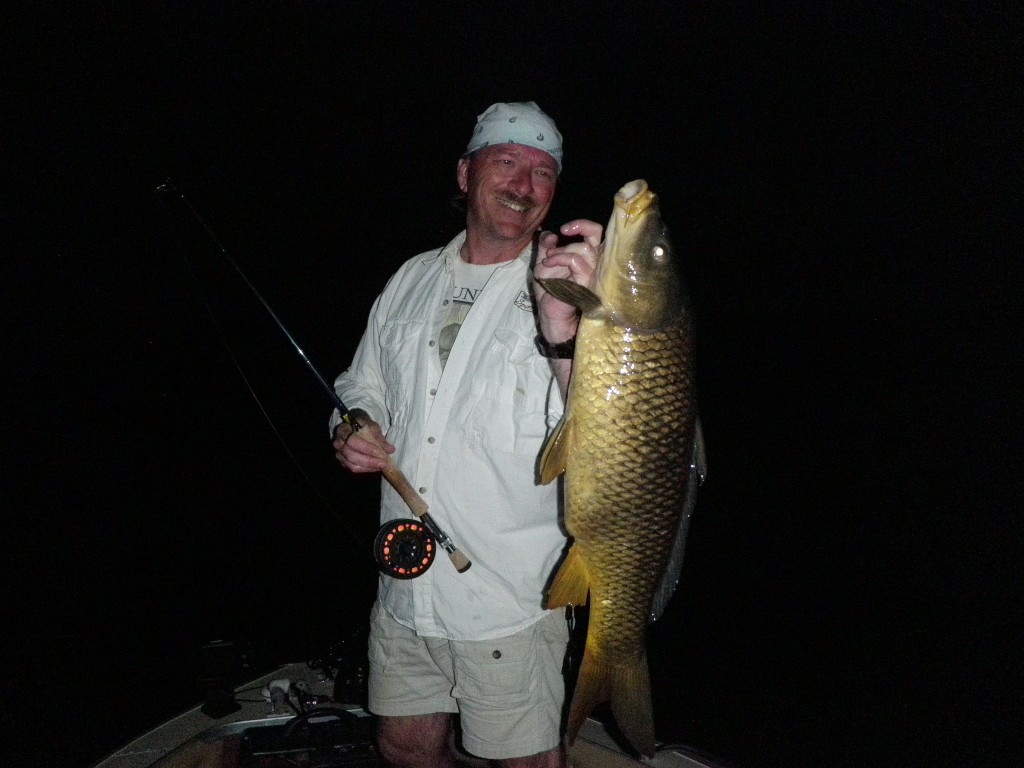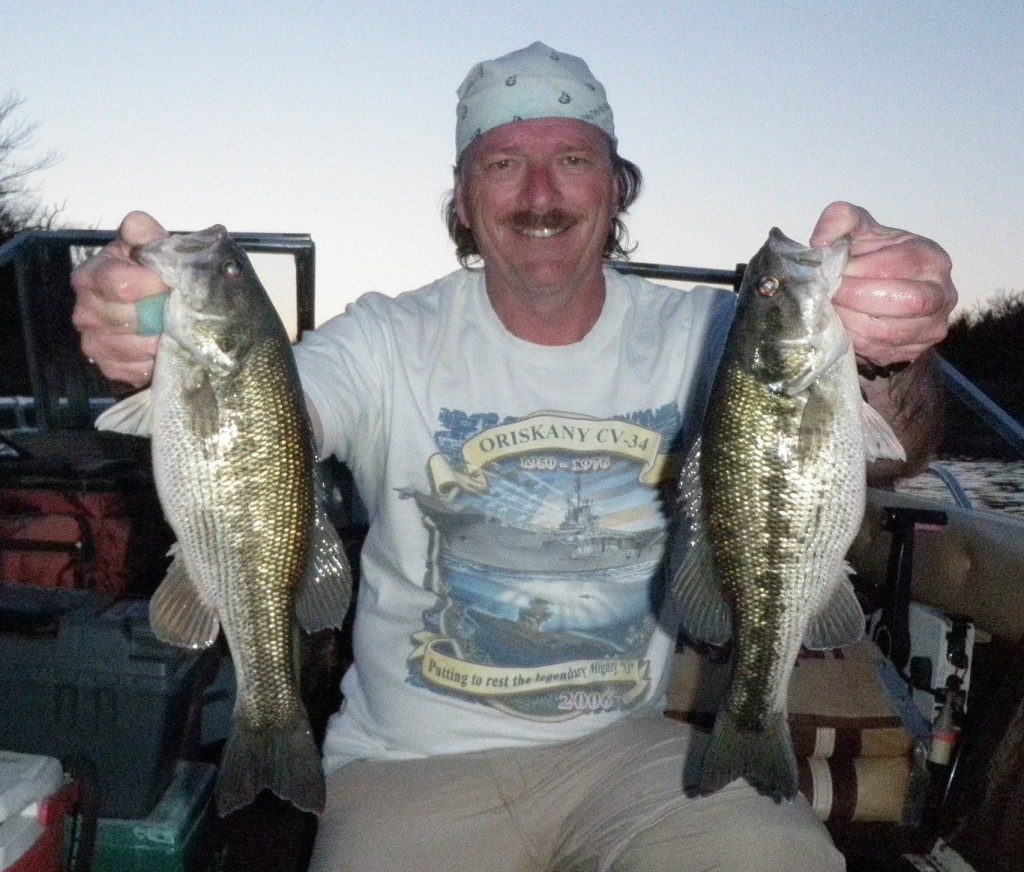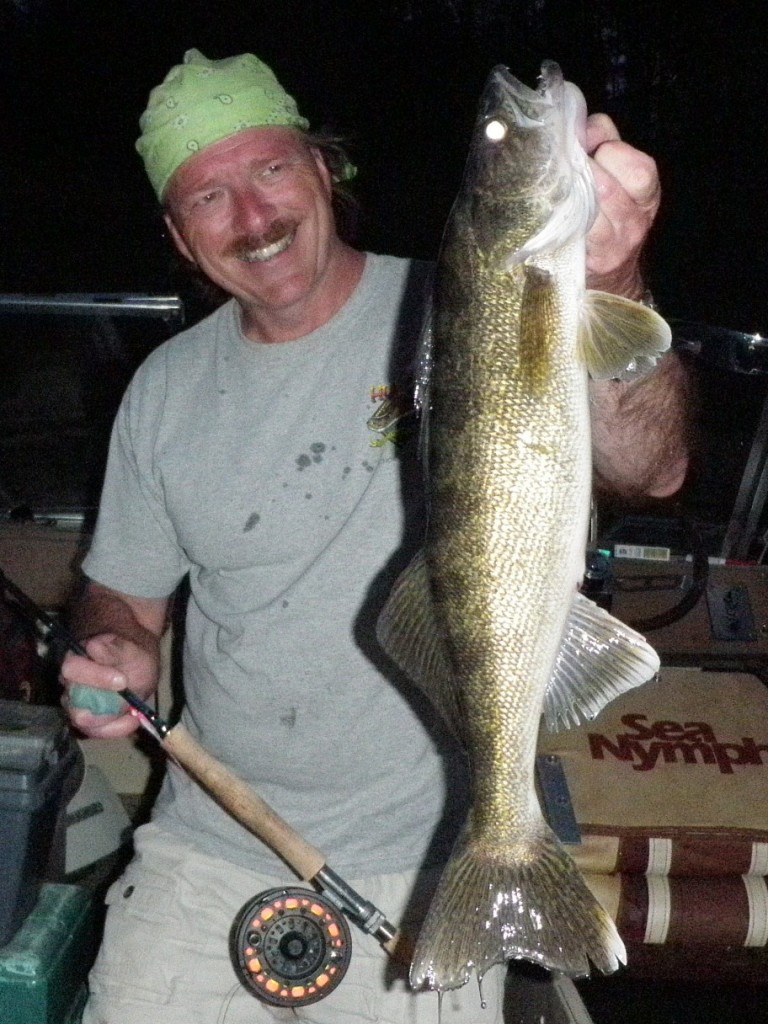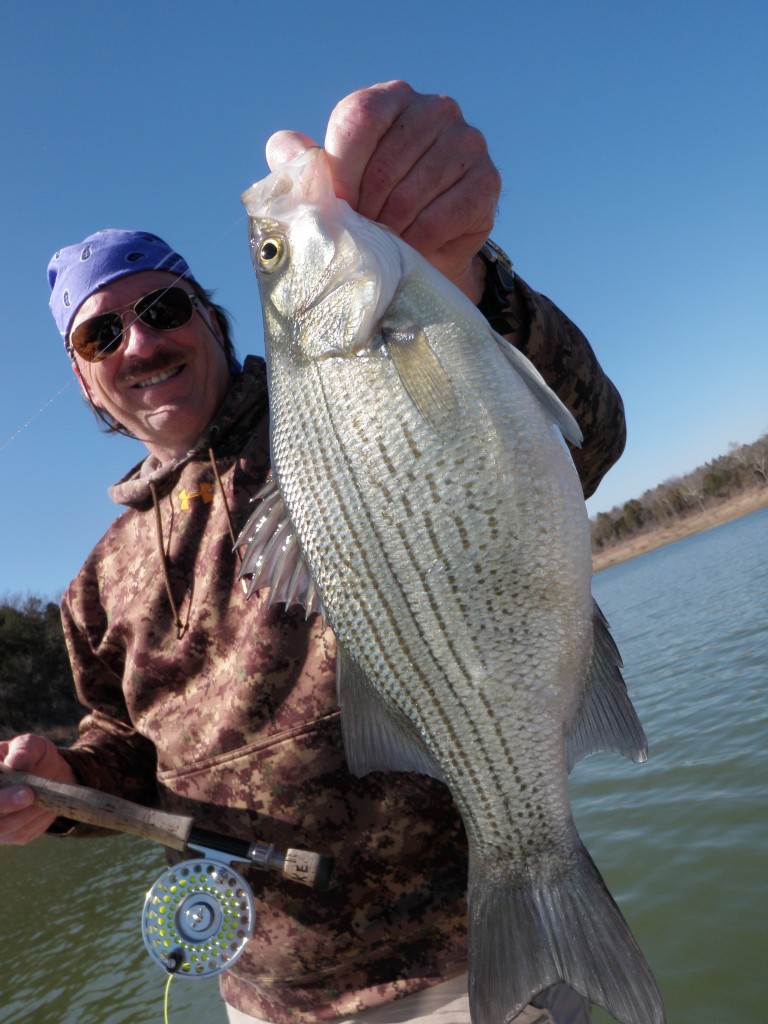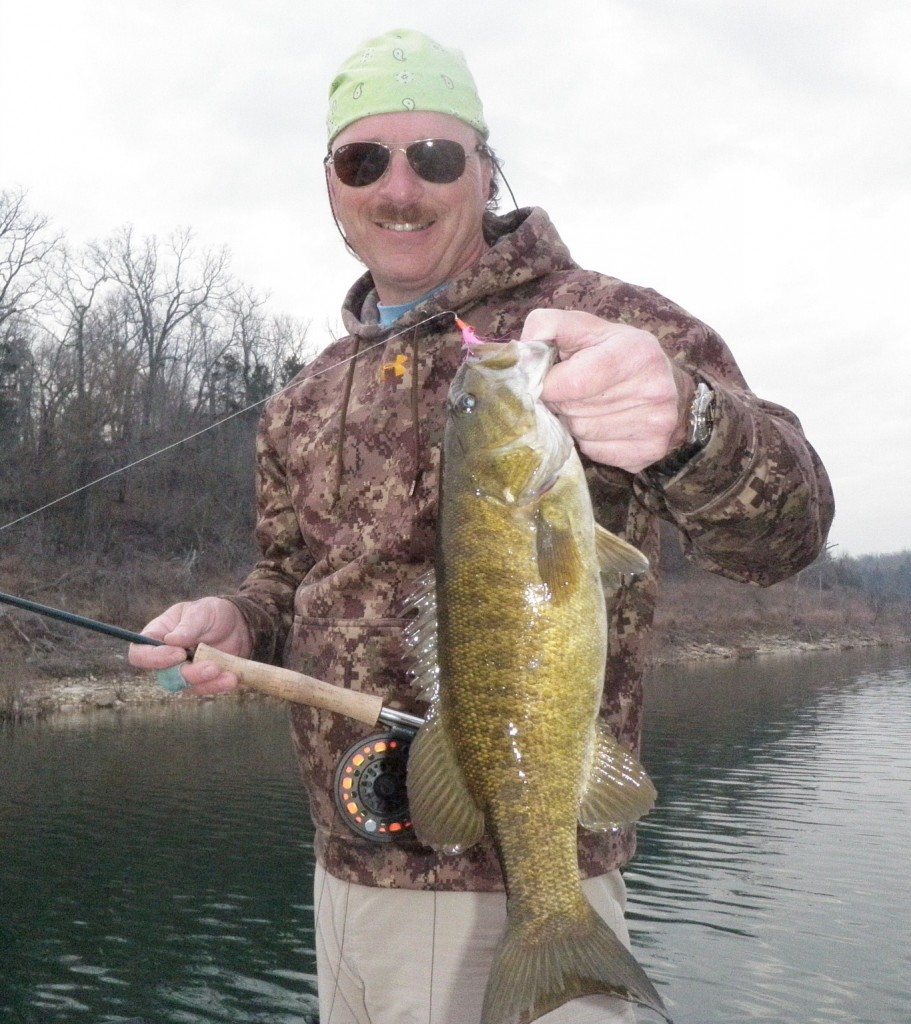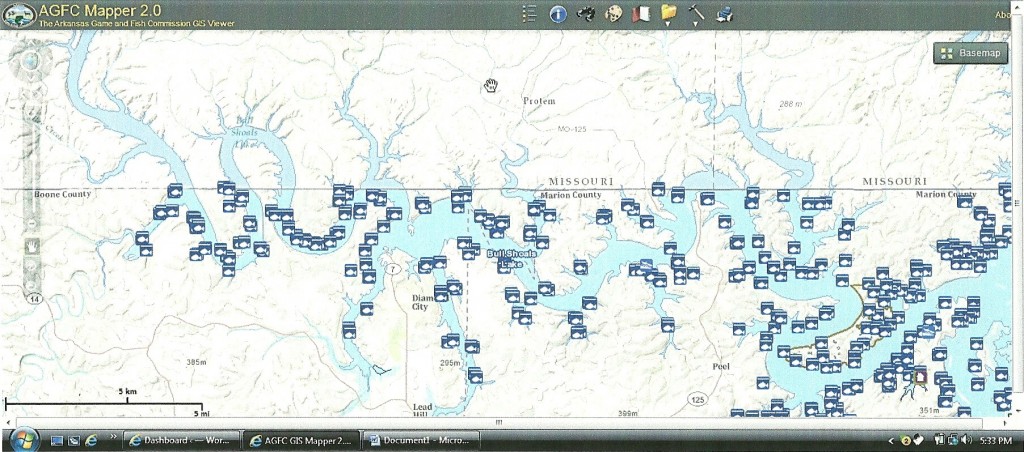Fall Turnover; Fact, Fiction, or Superfluous Trumpeting?
Seems every year in
the first week of October I start to field questions regarding fall turnover on
Bull Shoals Lake. I also start seeing
lake and river fishing reports touting the ill effects it has on not only the
lake fishing but the river fishing as well.
It almost seems there is a prize of some kind to be the first to mention
it! Perhaps I can shed some light on
what the phenomena actually is, if, and when it may actually happen, and what
effects it has on lake and river fishing.
First, there is no
shortage of information available on the internet regarding fall turnover. One simply has to do a quick Google search
and you’ll have enough fireside reading for several evenings.
So what is Fall Turnover? Simply put, it is the mixing of the
stratified layers of lake water formed throughout the spring and summer. You see, not all the water in the lake
actually weighs the same. It varies
slightly throughout the year depending on depth, temperature, and time of year.
In the very early
spring, the lake water from surface to bottom is rather uniform in temperature,
varying only slightly from surface to bottom.
However, (due mainly to solar radiation) the surface of a body of water
will start to warm. Warm water, being
less dense and usually more oxygenated, weighs less than cooler, denser, less
oxygenated water. As the spring wears on
and turns to summer, the surface water continues to warm to deeper and deeper
depths. Lake depth, water clarity, and
wave action will determine how deep the solar warming will be driven into any
given body of water.
Small, very shallow
ponds may actually warm evenly from top to bottom, many times becoming too warm
to support fish. Larger, deeper bodies
of water will develop three distinct layers of water of different weights and
densities, sometimes referred to as Stratification Zones. The upper level (the warmest and most
oxygenated) is the Epilimnion. The
coolest, deepest, (and least oxygenated) level is the Hypolimnion, and the
middle layer is what is commonly referred to as, the Thermocline. We’ve all heard of that one right?
The thermocline can
usually be easily identified by taking water temperature readings every few
feet throughout the water column. When
you note a rapid change in water temperature, that is usually the top of the
thermocline and may be as wide as ten to fifteen feet. The water throughout the thermocline may
become so dense that you can actually see it as a dark line on your sonar unit!
The lake will stay in
this stratified state until the hours of daylight (and solar radiation) begin
to decrease causing the surface to become cooler. Finally, the surface water will cool to the
point that it becomes denser (heavier) than the supporting water below it and
actually sink through the water column mixing all three layers into a more
uniform state. This mixing of the water
is what is commonly referred to as the Fall Turnover.
By now I’m sure
you’re thinking; ok that’s all fine and good. But, at what temperature does all
of this sinking, mixing, and turning over actually take place, and has it
happened yet or not?
Good question, precisely
the one that inspired me to write this article in the first place. The general consensus is the surface water
needs to drop to approximately 50 degrees.
Some documentation suggests the mid forties and others say perhaps as
high as 55 degrees.
With that in mind, I
set out yesterday (October7th) to see if, in fact the lake has indeed “turned over”
or whether the low dissolved oxygen level and off colored water coming through
the dam that I have been reading about may be caused by something else.
To accurately gather
the date required, I popped a fresh battery in my temperature meter and went to
the mid lake area near point #24 and stopped in the deepest water I could find,
approximately 118 feet. I then attached
my temperature probe to a 10lb cannonball on my downrigger (to eliminate cable
swing) and started to pay out line and rigger cable, taking readings every five
feet. The chart below details my
findings.
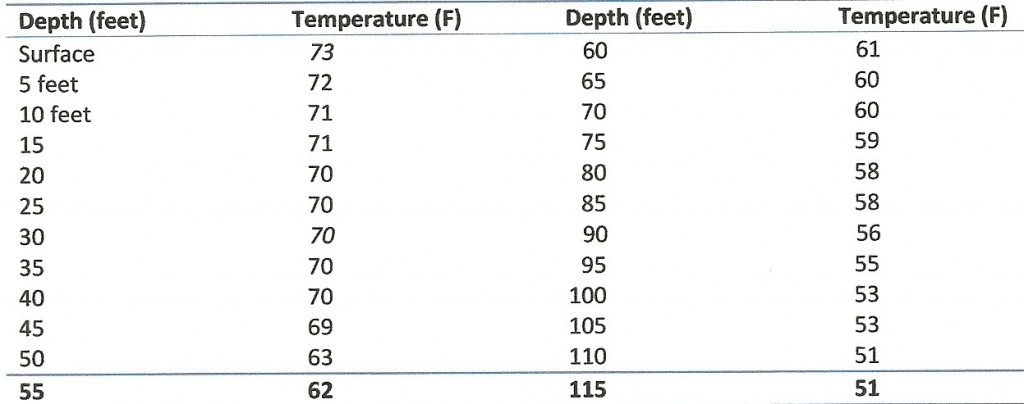
As you can see from the table, I could have stopped my
data collection after taking the surface temperature. If the lake had indeed “turned over” we
certainly would not see a surface temperature of 73 degrees! One would surmise the surface would be 55
degrees or less. It is also interesting
to note that there is a defined Thermocline starting at the 40ft to 50ft level
as evidenced by the sharp decrease in water temperature between those depths.
It is very evident that Bull Shoals Lake has not yet
turned over. To address the question as
to whether it will turn over and when? I
perused my fishing logs for the past 17 years and found that the earliest I
have noted surface temperatures near the magic 50 to 55 degree level has been
mid December. Therefore, I would assume
that it will in fact turn over sometime in mid to late December, depending on
weather and wind conditions.
Now to address why the reports of low dissolved oxygen
levels and off color water showing up below the dam? I would suggest the reason has nothing to do
with turnover as is so often reported as the cause. In fact, I would dare say, it is the exact
opposite. It is because the lake has NOT
turned over. The evidence being that low
dissolved oxygen levels are associated with the deeper denser water in the
water column. It is also important to
note that the centerline of the water intakes on Bull Shoals Lake are located
at 535 feet, approximately 119 feet below the current lake surface level. With those facts in mind, the water coming
through the dam by generation is water that is clearly well below the
Thermocline. The water at that level is
expected to be of low dissolved oxygen and somewhat off colored due to the
natural decomposing of organic organisms within the lake at this time of year.
It is also important to note that in several more
weeks when the lake actually does “turnover” one could expect to see an
increase in debris particles coming through the dam due to the mixing of the
layers. However, this will be short
lived, and will also be followed by an increase in dissolved oxygen levels, due
to the mixing of the stratified water layers, so that’s good news!
As to what effect the turnover will have on fly
fisherman fishing Bull Shoals Lake in mid December? I would say little to none. At this point in time, the lake temperature
is already fairly consistent throughout the first 40 feet of the water column,
dropping only 4 degrees, from 73 to 69 degrees.
Fish that were previously holding near the cooler water of the
thermocline are now free to roam throughout the upper lake levels. By the time the turnover actually happens,
the water will have gradually cooled to the mid 50’s, so any temperature change
will not be enough to disrupt the fish.
However, one should note that not all lakes behave the same during
turnover. Some lakes will experience a
more dramatic turnover, depending on latitude, depth, size, and weed
growth. Some shallower lakes with lots
of dead weeds may see the weed matter rise to the surface during turnover,
producing debris and possibly a foul smell, which may last for a few days. On those types of lakes, it is not uncommon
for anglers to experience a change in fish behavior for a short period of time.
